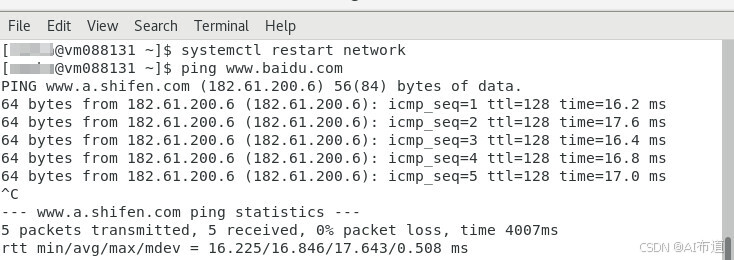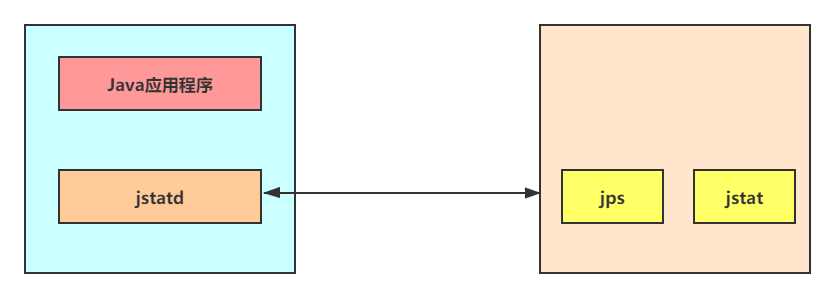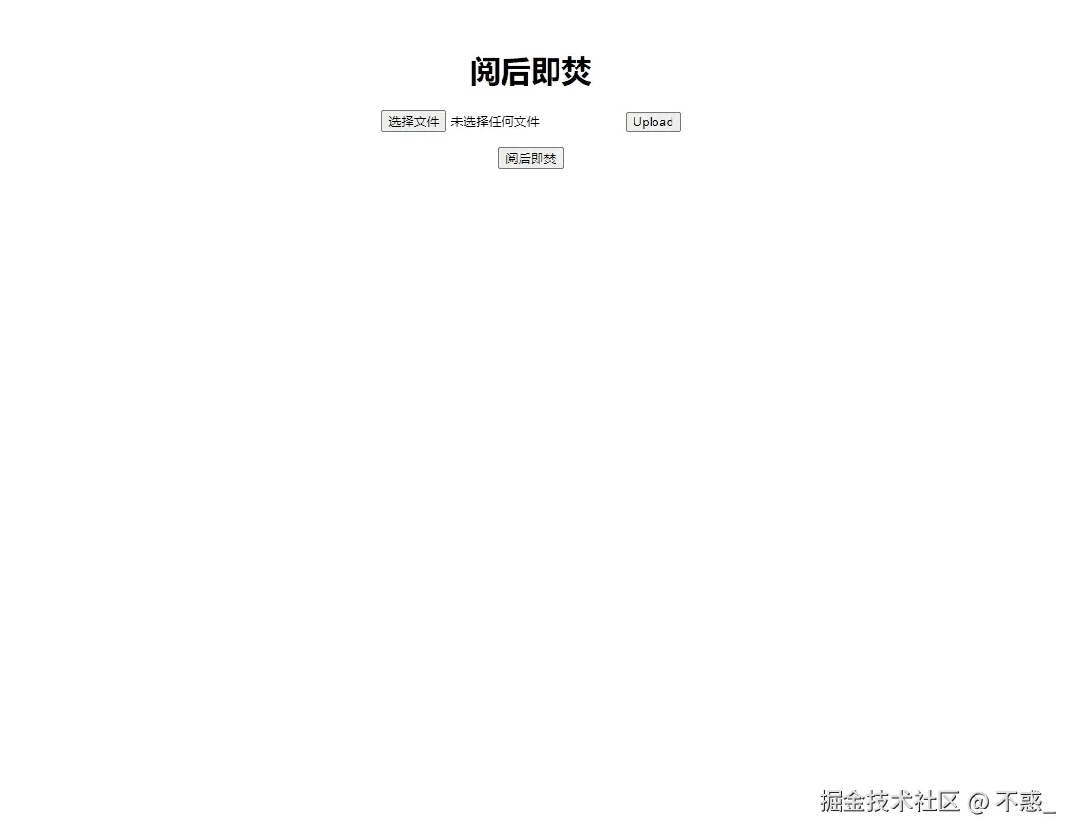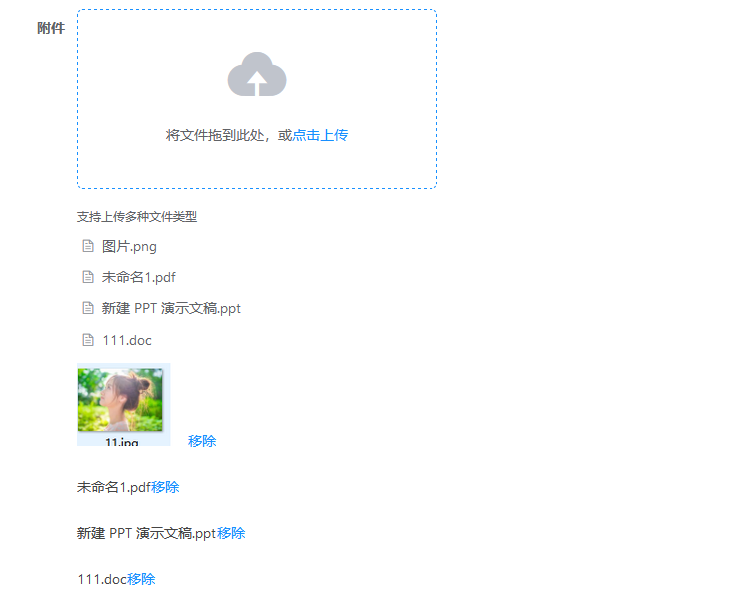Spring Cloud 基础入门级学习 超详细(简单通俗易懂)
- 一、SpringCloud核心组件
- 第一代:SpringCloud Netflix组件
- 第二代:SpringCloud Alibaba组件
- SpringCloud原生组件
- 二、SpringCloud体系架构图
- 三、理解分布式与集群
- 分布式
- 集群
- 四、最简单的样例实现微服务调用

一、SpringCloud核心组件
SpringCloud是在SpringBoot的基础上,增加了很多微服务相关的规范。目前,SpringCloud规范已经由Spring官方、SpringCloud Netflix、SpringCloud Alibaba等实现。通过组件化的方式,SpringCloud将这些实现整合起来,构成全家桶式的微服务技术栈。
第一代:SpringCloud Netflix组件
目前SpringCloud Netflix已经停止维护
| 组件名称 | 作用 |
|---|---|
| Eureka | 服务注册与发现组件 |
| Ribbon | 负载均衡组件 |
| Feign | 声明式服务调用 |
| Hystrx | 熔断器组件 |
| Zuul | API网关组件 |
第二代:SpringCloud Alibaba组件
Spring Cloud Alibaba是阿里开源的一套Sping Cloud规范的实现,配置比 NetFlix 更简单易用。
| 组件名称 | 作用 |
|---|---|
| nacos | 服务注册与发现 配置中心 流量控制 (Eureka + config) |
| Sentinel | 容错保护组件 |
| Dubbo | 服务治理 负载均衡与容错 远程调用 服务降级 |
| RecketMQ | 消息中间件 |
| Seata | 分布式事务 |
SpringCloud原生组件
| 组件名称 | 作用 |
|---|---|
| Consul | 服务注册 |
| Zookeeper | 服务发现和配置管理 |
| Config | 分布式配置中心 |
| Sleuth/Zipkin | 分布式链路追踪 |
| Gateway | API服务网关(新一代API网关,提供路由,负载均衡,过滤等) |
| OpenFeign | 声明式服务调用 |
| Stream | 消息驱动 简化消息的发送和接收 |
| Bus | 消息总线 |
| LoadBalancer | 客户端负载均衡 |

目前市场主流选择:
- SpringCloud Alibaba+SpringCloud原生
- 网关:Spring Cloud GateWay
- 服务注册与发现、配置中心:SpringCloud Alibaba Nacos
- 服务间调用:Spring Cloud OpenFeign
- 负载均衡:Spring Cloud LoadBalance
- 客户端容错保护:SpringCloud Alibaba Sentinel
- 消息中间件:RabbitMQ
二、SpringCloud体系架构图

三、理解分布式与集群
分布式
分布式:把一个大业务拆分成多个子业务,每个子业务都是一套独立的系统,子业务之间相互协作最终完成整体的大业务
比如: 小明是一家烧烤店的烧烤师傅,每天不仅要,准备食材,准备配料,烧烤(可以看作一个单体架构)。 后来小明烤的太好吃了,客人也多了,又专门雇了两位师傅小红,李华,小红专门准备食材,李华专门准备配料,小明专门烧烤。小明,小红,李华这三者的关系就是分布式。

分工完成一件事,就是分布式
集群
集群:在几个服务器上部署相同的应用程序来分担客户端的请求。
比如: 小明不雇用小红和李华了,找到了自己的好朋友烧烤师傅 王刚来帮忙,王刚每天工作和小明一样要准备食材,准备配料,烧烤。此时王刚和小明的关系就是集群

各自做同一件事情,就是集群
四、最简单的样例实现微服务调用
- 创建shop父模块 和 shop-provider(服务提供者) 和 shop-consumer(服务消费者)三个maven模块

- 父依赖pom.xml (锁定Springboot和SpringCloud版本 和 写一些通用的依赖)
<?xml version="1.0" encoding="UTF-8"?>
<project xmlns="http://maven.apache.org/POM/4.0.0"
xmlns:xsi="http://www.w3.org/2001/XMLSchema-instance"
xsi:schemaLocation="http://maven.apache.org/POM/4.0.0 http://maven.apache.org/xsd/maven-4.0.0.xsd">
<modelVersion>4.0.0</modelVersion>
<groupId>org.example</groupId>
<artifactId>cloud-shop</artifactId>
<packaging>pom</packaging>
<version>1.0-SNAPSHOT</version>
<modules>
<module>cloud-shop-provider</module>
<module>cloud-shop-consumer</module>
</modules>
<!-- 统一管理jar包版本 -->
<properties>
<project.build.sourceEncoding>UTF-8</project.build.sourceEncoding>
<maven.compiler.source>1.8</maven.compiler.source>
<maven.compiler.target>1.8</maven.compiler.target>
<junit.version>4.12</junit.version>
<log4j.version>1.2.17</log4j.version>
<lombok.version>1.18.22</lombok.version>
<mysql.version>8.0.24</mysql.version>
<druid.version>1.2.8</druid.version>
<mybatis-plus.version>3.0.7.1</mybatis-plus.version>
</properties>
<dependencies>
<!-- https://mvnrepository.com/artifact/org.springframework.boot/spring-boot-starter-web -->
<dependency>
<groupId>org.springframework.boot</groupId>
<artifactId>spring-boot-starter-web</artifactId>
</dependency>
<!-- https://mvnrepository.com/artifact/com.alibaba/druid -->
<dependency>
<groupId>com.alibaba</groupId>
<artifactId>druid-spring-boot-starter</artifactId>
<version>1.2.8</version>
</dependency>
<!-- https://mvnrepository.com/artifact/mysql/mysql-connector-java -->
<dependency>
<groupId>mysql</groupId>
<artifactId>mysql-connector-java</artifactId>
</dependency>
<!-- https://mvnrepository.com/artifact/org.springframework.boot/spring-boot-starter-jdbc -->
<dependency>
<groupId>org.springframework.boot</groupId>
<artifactId>spring-boot-starter-jdbc</artifactId>
</dependency>
<!-- https://mvnrepository.com/artifact/org.projectlombok/lombok -->
<dependency>
<groupId>org.projectlombok</groupId>
<artifactId>lombok</artifactId>
</dependency>
<dependency>
<groupId>com.baomidou</groupId>
<artifactId>mybatis-plus-boot-starter</artifactId>
<version>${mybatis-plus.version}</version>
<optional>true</optional>
<exclusions>
<exclusion>
<groupId>com.baomidou</groupId>
<artifactId>mybatis-plus-generator</artifactId>
</exclusion>
</exclusions>
</dependency>
</dependencies>
<!-- 子模块继承之后,提供作用:锁定版本 + 子 modlue 不用写 groupId和version -->
<dependencyManagement>
<dependencies>
<!--spring boot 2.2.2-->
<dependency>
<groupId>org.springframework.boot</groupId>
<artifactId>spring-boot-dependencies</artifactId>
<version>2.2.2.RELEASE</version>
<type>pom</type>
<scope>import</scope>
</dependency>
<!--spring cloud Hoxton.SR1-->
<dependency>
<groupId>org.springframework.cloud</groupId>
<artifactId>spring-cloud-dependencies</artifactId>
<version>Hoxton.SR1</version>
<type>pom</type>
<scope>import</scope>
</dependency>
</dependencies>
</dependencyManagement>
<build>
<plugins>
<plugin>
<groupId>org.springframework.boot</groupId>
<artifactId>spring-boot-maven-plugin</artifactId>
<configuration>
<addResources>true</addResources>
</configuration>
</plugin>
</plugins>
</build>
</project>
- 准备一张数据表(任意数据都行)

- 对服务提供者进行操作
application.yml文件
server:
port: 8001 #服务端口号
spring:
application:
name: cloud-shop-provider #服务名称
datasource:
type: com.alibaba.druid.pool.DruidDataSource #当前数据源操作类型
driver-class-name: com.mysql.cj.jdbc.Driver #mysql驱动包
url: jdbc:mysql://127.0.0.1:3306/csdn?characterEncoding=utf8&serverTimezone=Asia/Shanghai
username: root
password: 1234
mybatis-plus:
configuration:
log-impl: org.apache.ibatis.logging.stdout.StdOutImpl
type-aliases-package: com.chq.csdn.entity
mapper-locations: classpath:mapping/*xml
entity
@Data
@AllArgsConstructor
@NoArgsConstructor
public class Payment extends Model<Payment> {
private Long id;
private String serial;
}
PaymentDao
@Mapper
public interface PaymentDao extends BaseMapper<Payment> {
}
PaymentService
public interface PaymentService extends IService<Payment> {
}
PaymentServiceImpl
@Service
public class PaymentServiceImpl extends ServiceImpl<PaymentDao, Payment> implements PaymentService {
}
PaymentController
@RestController
@RequestMapping("/payment")
public class PaymentController extends ApiController {
/**
* 通过主键查询单条数据
* @param id 主键
* @return 单条数据
*/
@GetMapping("/getPayment/{id}")
public R selectOne(@PathVariable Serializable id) {
return success(this.paymentService.getById(id));
}
/**
* 新增数据
* @param payment 实体对象
* @return 新增结果
*/
@PostMapping("/insertPayment")
public R insert(@RequestBody Payment payment) {
return success(this.paymentService.save(payment));
}
启动类
@SpringBootApplication
@MapperScan("com.chq.csdn.dao")
public class ShopProviderApplication {
public static void main(String[] args) {
SpringApplication.run(ShopProviderApplication.class,args);
}
}
- 启动消费者项目
访问localhost:8001/payment/insertPayment

数据库数据

访问localhost:7001/payment/getPayment

- 在对服务消费者进行操作
再次编写一次entity,这里就有点重复操作了,实际开发时,我们可以将实体类通通放入一个模块进行调用,这里方便理解,就再写一遍
@Data
@AllArgsConstructor
@NoArgsConstructor
public class Payment extends Model<Payment> {
private Long id;
private String serial;
}
进行服务调用这里我们使用RestTemplate,准备好RestTemplate配置类
@Configuration
public class ApplicationContextConfig {
@Bean
public RestTemplate restTemplate(){
return new RestTemplate();
}
}
ConsumerController
@RestController
@RequestMapping("/consumer")
public class ConsumerController extends ApiController {
//服务端口号这里建议使用127.0.0.1,不建议使用localhost
private static final String HOST = "http://127.0.0.1:8001";
@Autowired
private RestTemplate restTemplate;
//还是刚才的方法 获取 和 添加
@GetMapping("/payment/get/{id}")
public R get(@PathVariable("id") Long id){
//拼接结果 http://127.0.0.1:8001/payment/getPayment/id
//R.class是返回类型
return restTemplate.getForObject(HOST + "/payment/getPayment/" + id,R.class);
}
@PostMapping("/payment/insert")
public R insert(@RequestBody Payment payment){
//payment是请求参数
return restTemplate.postForObject(HOST + "/payment/insertPayment" ,payment,R.class);
}
}
application.yml文件 注意这里的配置文件,端口号改变,并且没有配置数据源,无法对数据库直接操作
server:
port: 8002 #服务端口号
spring:
application:
name: cloud-shop-consumer #服务名称
启动类
//因为我们添加了数据库的依赖,却没有配置数据源 加上
//(exclude = {DataSourceAutoConfiguration.class, DruidDataSourceAutoConfigure.class})
//可以忽略数据源启动
@SpringBootApplication(exclude = {DataSourceAutoConfiguration.class, DruidDataSourceAutoConfigure.class})
public class ShopConsumerApplication {
public static void main(String[] args) {
SpringApplication.run(ShopConsumerApplication.class,args);
}
}
- 启动成功后
访问localhost:8002/consumer/payment/insert

查看数据表

访问localhost:8002/consumer/payment/get/id

此时服务调用就结束了,我们可以发现消费者consumer没有配置数据源,却通过RestTemplate访问消费者服务,从而间接访问数据库,这就是服务的调用。
服务注册中心扮演者一个仓储功能,服务提供者提供服务注册到注册中心,服务消费者通过http消息或组件到注册中心(而非RestTemplate)去找到所需的服务,这也就是服务中心,服务消费者和服务提供者三者关系



















